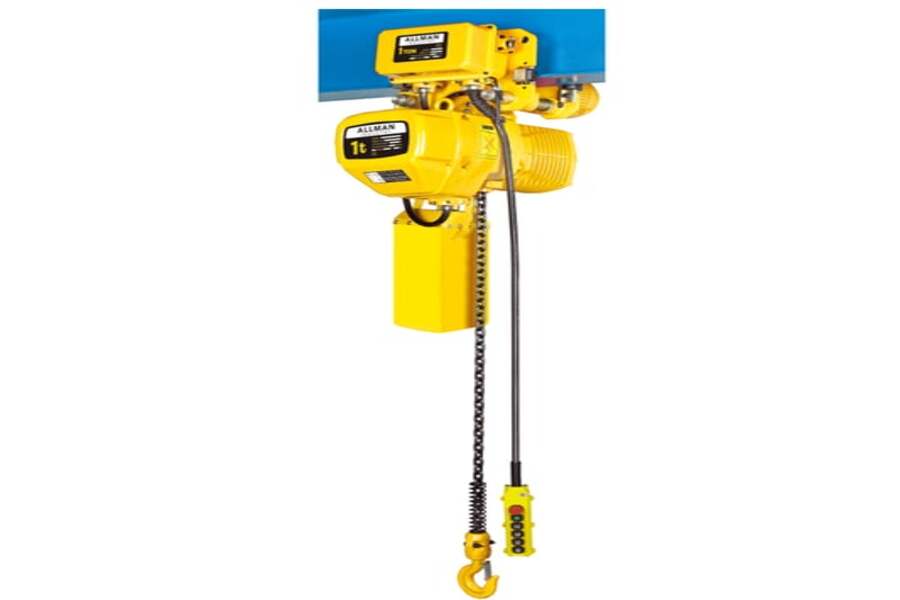Design and Construction
When comparing electric chain hoists and wire rope hoists, one key difference lies in their design and construction. Electric chain hoists utilize a chain to lift and lower loads, making them durable and reliable for heavy-duty applications. On the other hand, wire rope hoists use a wire rope for lifting, offering higher weight capacities and longer lifting heights.
Load Capacity and Lifting Height
Electric chain hoists typically have a lower load capacity and lifting height compared to wire rope hoists. Wire rope hoists can handle heavier loads and lift them to greater heights, making them ideal for large-scale industrial projects that require heavy lifting capabilities.
Speed and Precision
Another important factor to consider is the speed and precision of electric chain hoists versus wire rope hoists. Electric chain hoists are known for their faster lifting and lowering speeds, making them more efficient for quick turnaround times. In contrast, wire rope hoists offer greater precision and control over lifting operations, making them suitable for delicate or complex lifting tasks.
Maintenance and Durability
When it comes to maintenance and durability, electric chain hoists are relatively low maintenance and have a longer lifespan compared to wire rope hoists. Wire rope hoists require regular inspections and maintenance to ensure optimal performance and safety, making them more high-maintenance in the long run.
Cost and Affordability
Cost is a significant factor to consider when choosing between electric chain hoists and wire rope hoists. Electric chain hoists are generally more affordable upfront compared to wire rope hoists, making them a cost-effective option for budget-conscious buyers. However, wire rope hoists may offer better long-term value due to their higher load capacities and durability.
Usage and Application
The choice between electric chain hoists and wire rope hoists often depends on the specific usage and application requirements. Electric chain hoists are suitable for light to medium-duty lifting tasks in industries such as manufacturing, warehousing, and construction. In contrast, wire rope hoists are preferred for heavy-duty applications in industries like mining, shipbuilding, and oil and gas.
Portability and Flexibility
Portability and flexibility are key considerations when comparing electric chain hoists and wire rope hoists. Electric chain hoists are typically more compact and lightweight, making them easier to transport and maneuver in tight spaces. Wire rope hoists, on the other hand, are bulkier and may require more space for installation and operation.
Noise and Vibration
In terms of noise and vibration levels, electric chain hoists are usually quieter and produce less vibration compared to wire rope hoists. This can be an important factor to consider in environments where noise and vibration control are essential for worker safety and comfort.
Safety Features and Regulations
Both electric chain hoists and wire rope hoists are equipped with various safety features to ensure safe lifting operations. However, wire rope hoists may be subject to stricter regulations and safety standards due to their higher load capacities and complexity. It is important to carefully follow all safety guidelines and regulations when operating either type of hoist.
Final Thoughts
In conclusion, the choice between electric chain hoists and wire rope hoists ultimately depends on your specific lifting requirements, budget constraints, and industry standards. Understanding the key differences explained in this article can help you make an informed decision when selecting the right hoist for your application.
Quote Inquiry
Contact us

